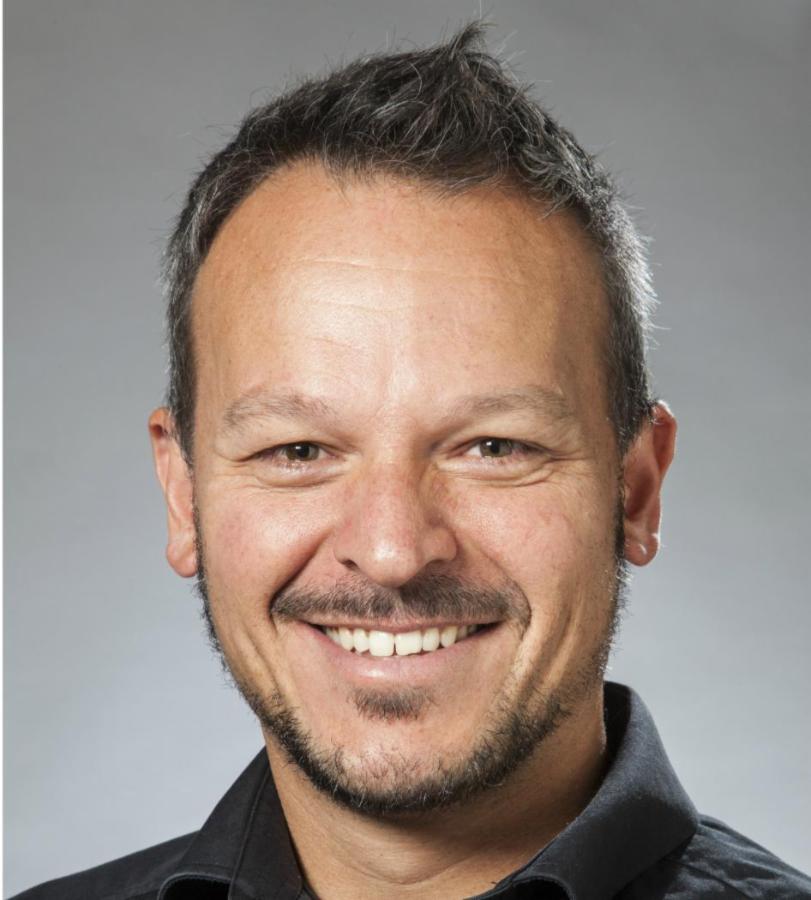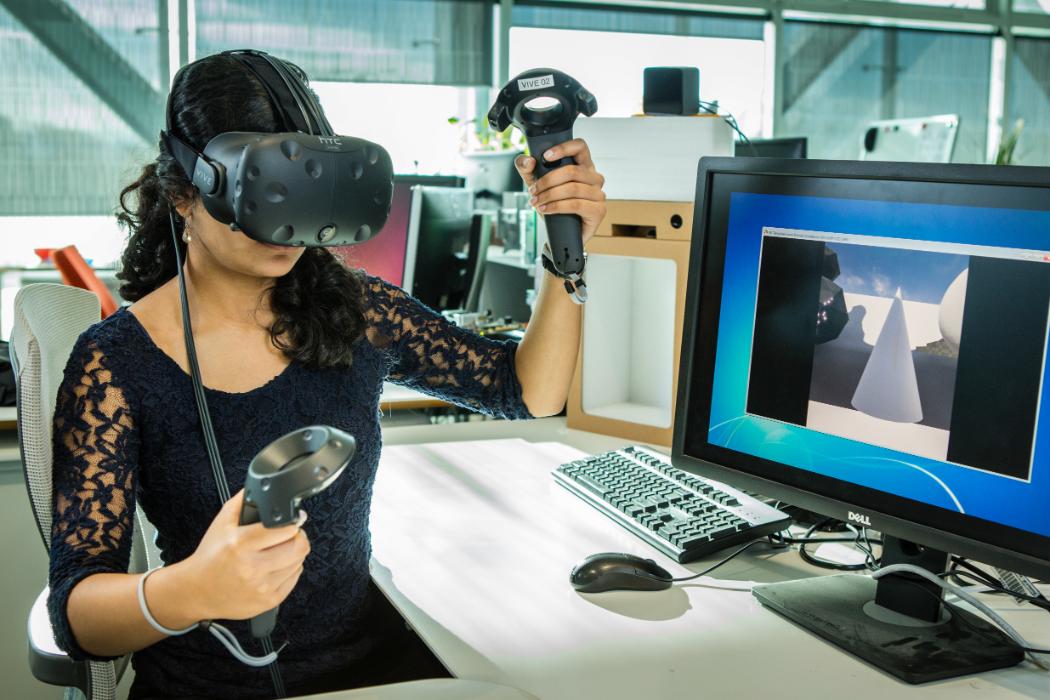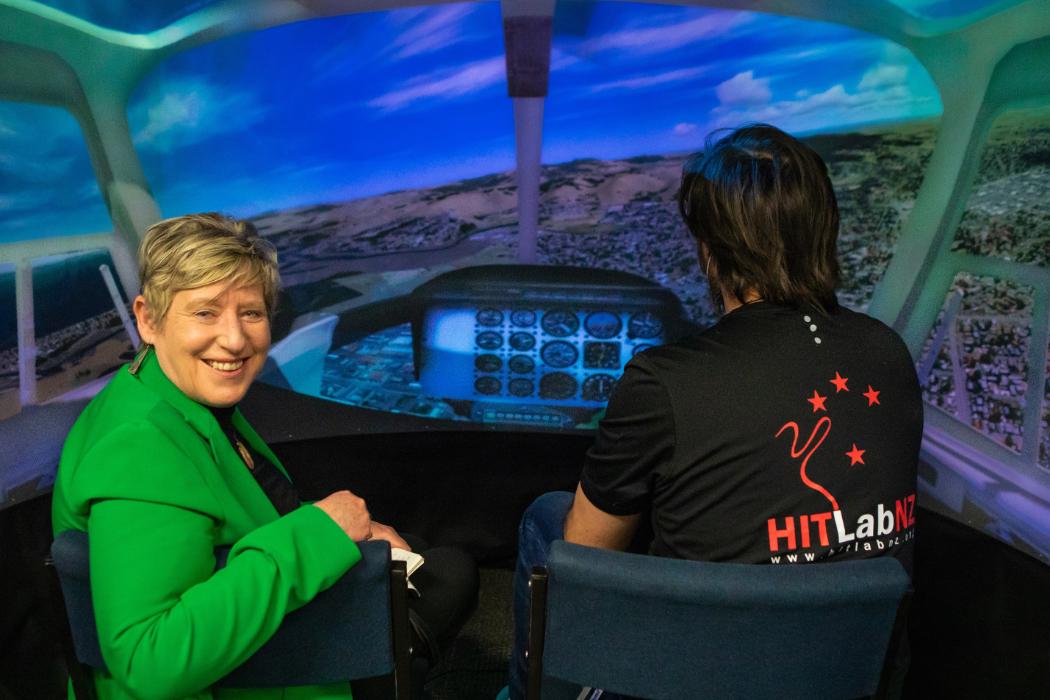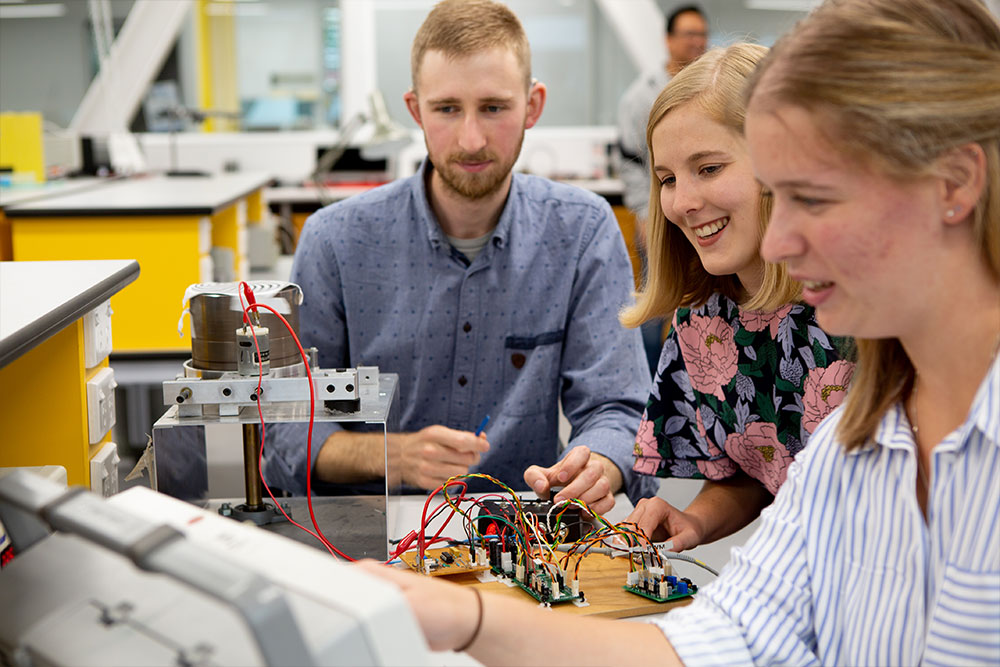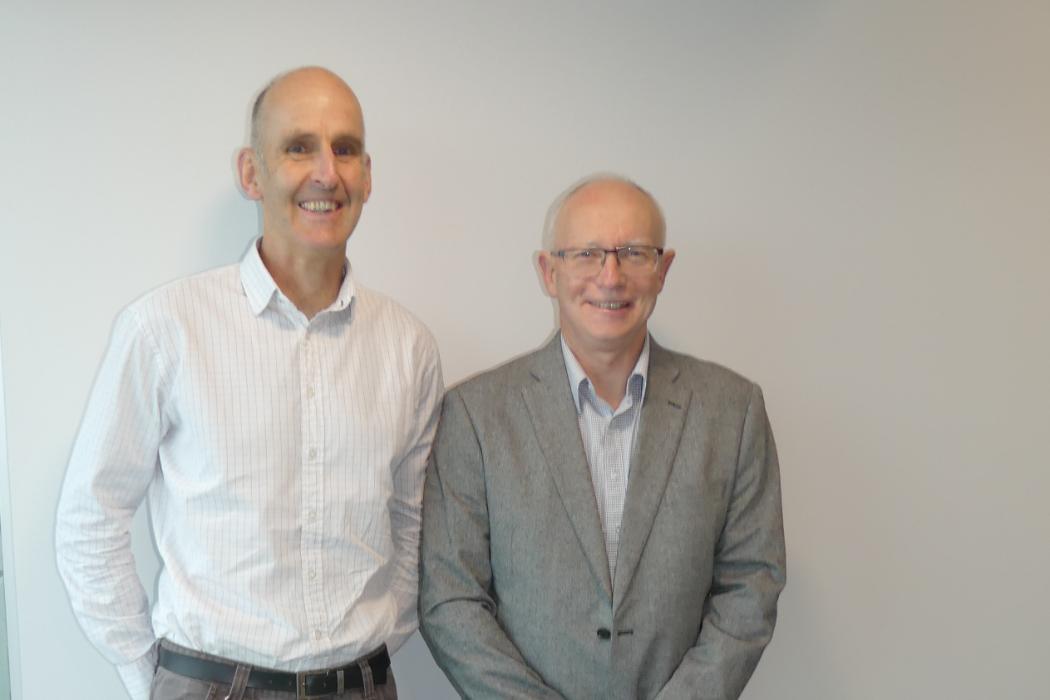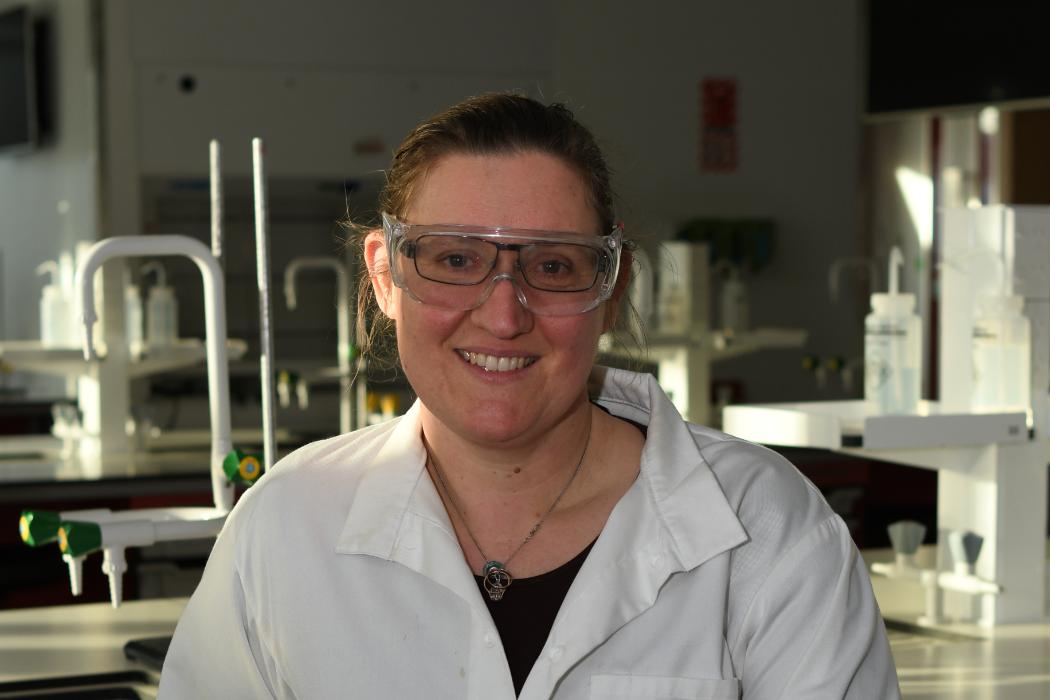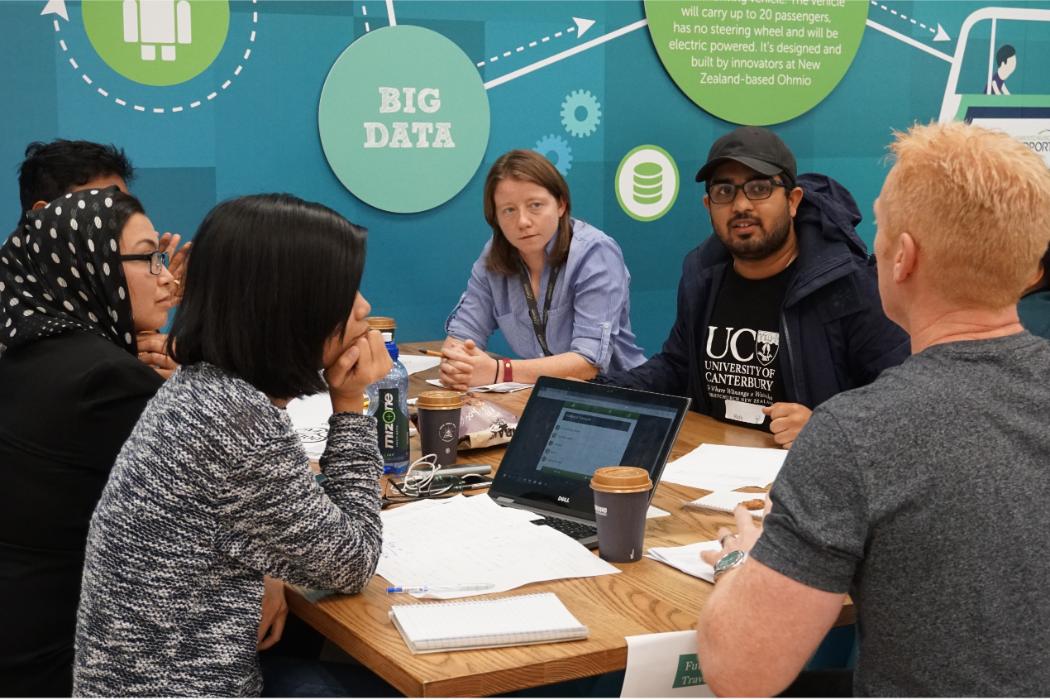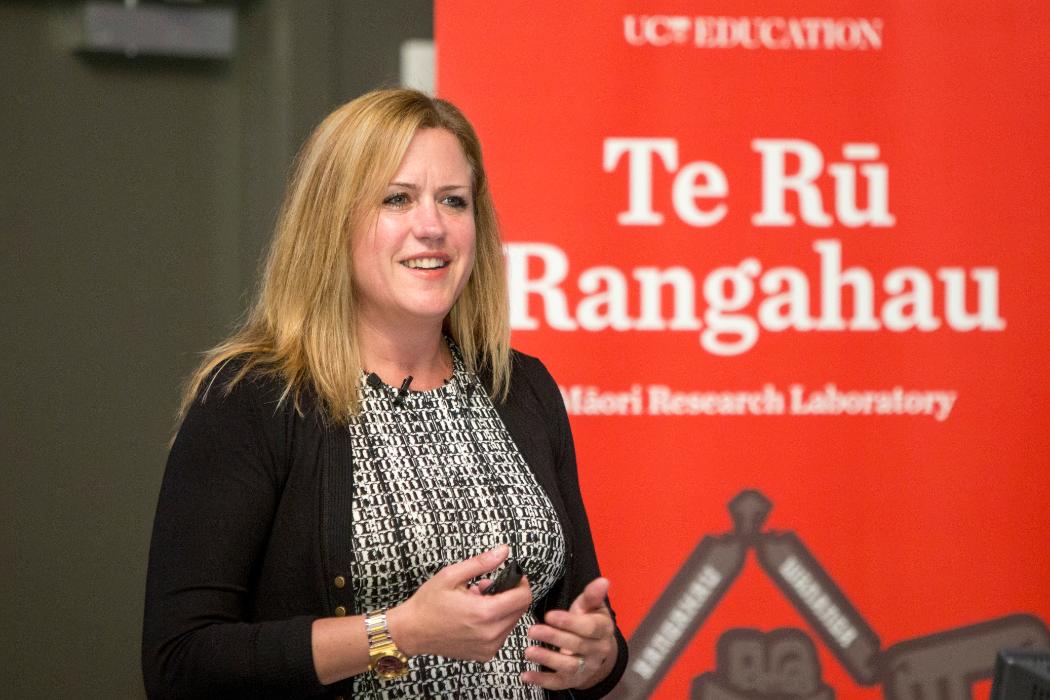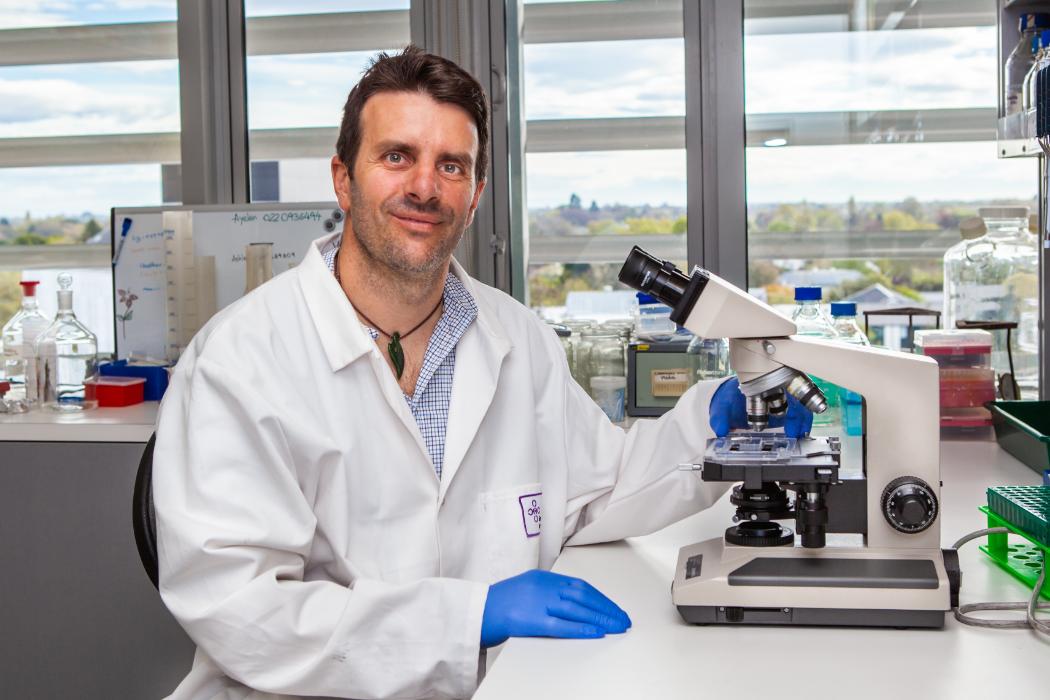The Biomaterials Engineering Group at the University of Canterbury engages in research into novel environmentally, sustainable materials to reduce New Zealand’s reliance on materials derived from petrochemicals.
Currently, the group is working on the processing of New Zealand flax fibre (Harakeke), hemp fibre and other sources of cellulose for use in bio-plastics.
The research involves the chemical, thermal and enzymatic treatment of these natural fibres to make them suitable for use as reinforcement in biocomposites.
The structure of the fibres are characterised after treatment using electron microscopy, wet chemistry and spectroscopy techniques. The mechanical properties (strength) of the fibres are measured using specialised equipment within our group to monitor the effect of various treatments to optimise processing treatments.
Finally, the fibres are combined with bio-plastics to form composites using standard processing routes such as hot compression under vacuum.
An extensive range of facilities permits the assessment of mechanical, viscoelastic and thermomechanical properties of the final composite material.
We are currently searching for collaborations with those interested in fibre extraction for use in industrial composite products.


